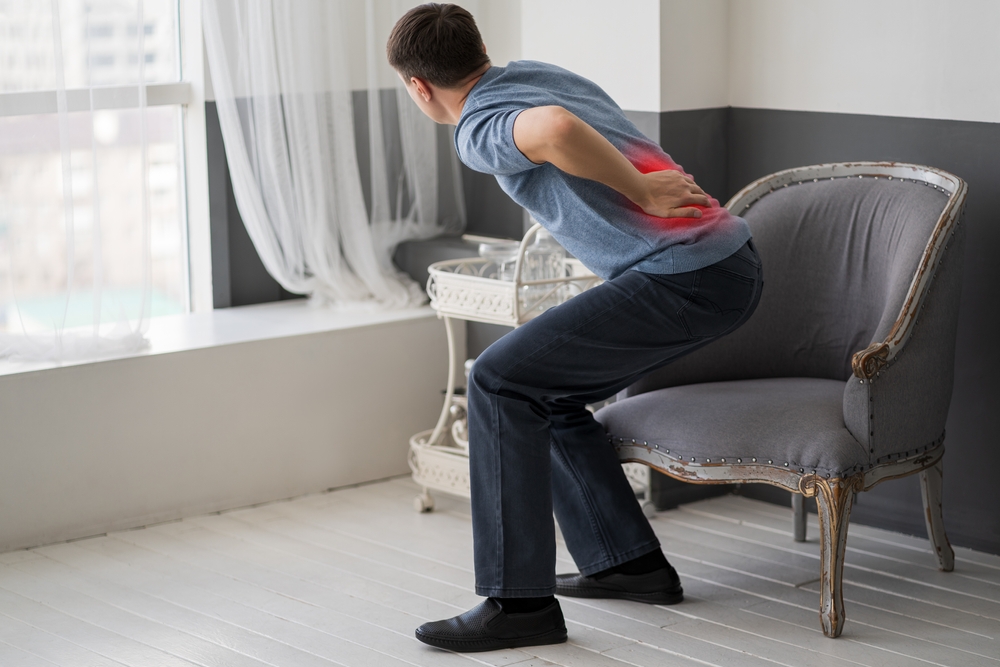
Spinal stenosis is a medical condition characterized by the narrowing of spaces in the spine which can exert pressure on the nerves that travel through the spine. If you are experiencing lower back pain, leg pain, numbness, weakness, or difficulty with balance and walking, these could be indicative symptoms of spinal stenosis. It is a condition that not only affects physical health but can also impact your ability to work, perform daily activities, and maintain a quality life.
Often, you may wonder whether spinal stenosis is recognized as a disability. The answer is yes; the Social Security Administration (SSA) does acknowledge spinal stenosis as a disability under certain circumstances. To qualify for Social Security Disability Insurance (SSDI) benefits, specific medical criteria must be met, including evidence of chronic pain and neurological deficits affirmed by clinical findings such as X-rays, MRIs, and CT scans.
Understanding the requirements for SSDI benefits is critical if you have severe lumbar spinal stenosis. The SSA has clearly defined listings that you must satisfy to qualify automatically. However, even if your condition does not meet the listing criteria exactly, you may still be eligible for benefits through a medical-vocational allowance based on your residual functional capacity, age, education, and work experience. Documentation of your medical condition and how it limits your ability to work will be essential in this process.
Understanding Spinal Stenosis
Before delving into whether spinal stenosis qualifies as a disability, it’s essential to understand what it entails, its origins, and how it is identified.
Defining Spinal Stenosis
Spinal stenosis is a condition where the spaces within your spine narrow, which can result in pressure on the nerves traveling through the spine. Your spinal canal might become constricted due to spinal stenosis, potentially leading to symptoms such as pain, tingling, or numbness.
Causes and Risk Factors
Several factors may contribute to the development of spinal stenosis:
- Aging: Degenerative changes in your spine are common as you grow older. In Nevada, similar to other places, these changes include bone spurs, thickening of ligaments, and deterioration of discs.
- Heredity: If the spinal canal is too small at birth, symptoms may show up in a relatively young person.
- Physical stress to the spine: Previous injuries and trauma can have lasting effects.
Symptoms and Diagnosis
The manifestation of spinal stenosis symptoms varies, and you might experience:
- Pain in your back or neck
- Numbness, tingling, or weakness in your arms or legs
- Balance and coordination difficulties
For a proper diagnosis, healthcare providers will review your medical history, perform a physical exam, and might order imaging tests like MRI or CT scans to get a detailed view of the spinal canal and the structures within it.
Spinal Stenosis and Disability
If you’re living with spinal stenosis, you may be considering disability benefits as a financial support. Understanding eligibility and the application process is crucial, especially with nuances in legal frameworks like those found in Nevada.
Qualifying for Disability Benefits
To qualify for disability benefits due to spinal stenosis, you must demonstrate that your condition has caused significant impairments. Criteria may include:
- Non-radiating pain and weakness in legs
- Difficulty with walking or balance
- Documentation of nerve compression, confirmed by medical imaging
The Application Process
When applying for disability benefits, follow these steps:
- Compile medical evidence: Gather all documentation of your diagnosis, treatment, and how spinal stenosis limits your daily activities.
- Complete the necessary forms: Fill out the application forms with detailed information about your medical condition and work history.
- Submit your application: You can apply online, by phone, or in person at a local Social Security office.
Legal Considerations in Nevada
In Nevada, you must navigate state-specific regulations when seeking disability for spinal stenosis. Here’s what to keep in mind:
- Statutes on disability determination could vary from federal guidelines, necessitating a keen understanding of local laws.
- Working with a Nevada-based disability attorney could significantly streamline your application process.
Remember, while navigating the complexities of disability benefits for spinal stenosis can be challenging, knowing your rights and understanding the process can make a substantial difference in securing the support you need.
If you are looking for legal advice and awareness on Las Vegas Personal Injury Lawyer or Las Vegas Car Accident Lawyer click here to contact us.
